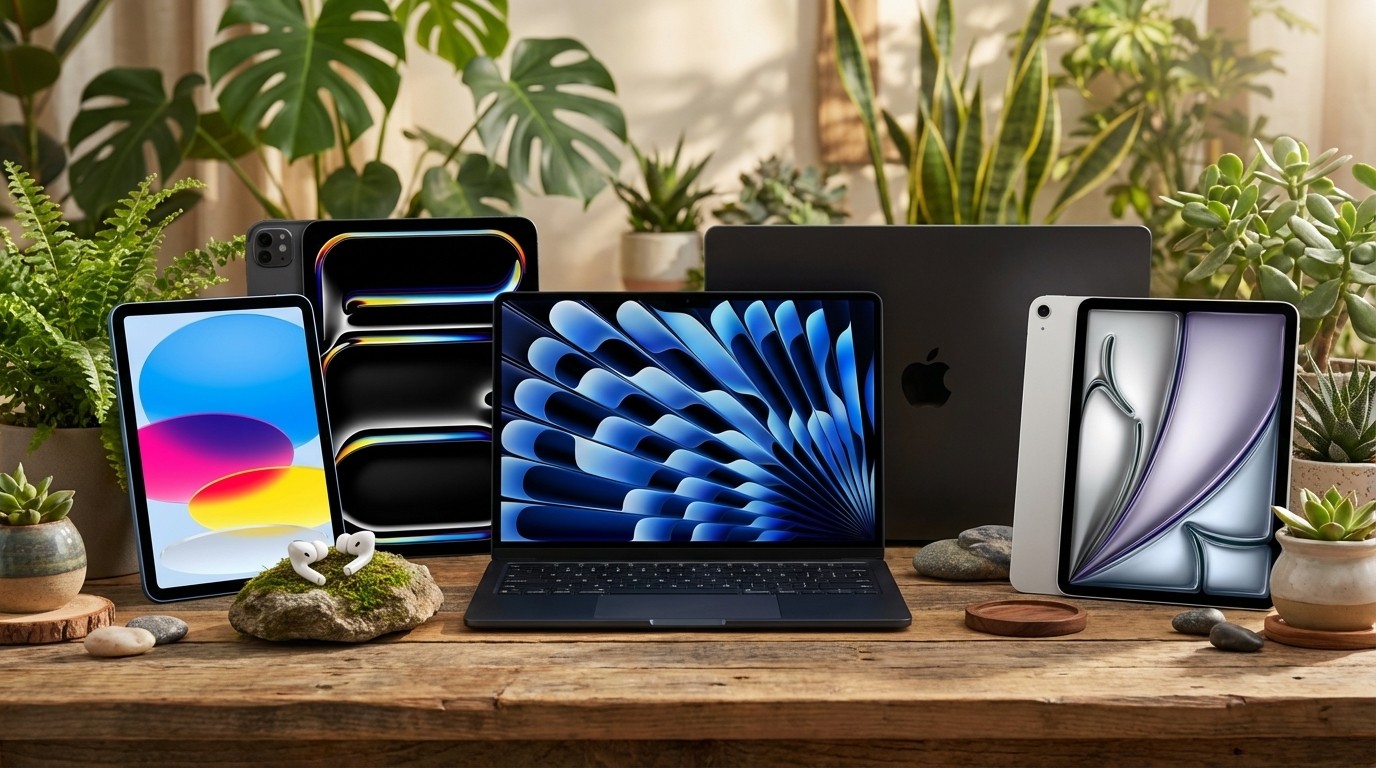7 things to know when designing for the Internet of Things
Dan Goodwin addresses the design problems brought by the ever-increasing number of devices.
Get your IoT fix at Generate San Francisco on 15 July, where Stephanie Rieger will be reminding everyone that the Internet of Things is for people. Book now, or check out our Generate events in Sydney and London.
The scope of the work we're doing as designers and developers is growing ever wider. Where we might have started designing and building websites or apps which sat in isolation, now we have to think about how things integrate with and sit in a huge digital ecosystem which is an integral part of our users' lives.
The arrival of the Internet of Things (I've decided to stop apologising for using this term now) broadens this scope even more. We might end up designing the controls, surfaces, and shapes which form the interfaces of physical products. Maybe we'll be designing user interfaces which control complicated pieces of hardware to cook food, brew beer, clean the house, or fly up into the air in public spaces.
Here are just a few of the many aspects of products and services which those interfaces might be part of (I'll just call these 'things' from here on in) which all form part of the wider user experience.
01. How users first learn about our things and what they do to learn more
Is it through advertising? Online, offline, a combination? Is it social media? Or word of mouth through 'In Real Life' networks?
In reality it's probably a combination of these things, so: what is that combination? How does it come about and change over time? What are the tipping points where users decide they should investigate your things further?
Where do users go to learn more? What do they see about your product, how does that help them make a decision, and what expectations will they carry across as they start using your product?
Daily design news, reviews, how-tos and more, as picked by the editors.
02. The channels through which users obtain our things and how they pay for them
We need to think about the combinations of app stores, referrals/partnerships, bricks and mortar shops, online ordering and delivery through the post or via courier.
There are many payment models for us to choose from, including one-off purchasing, licensing, subscriptions (and renewals), free, or freemium. It's important to think about what these various payment models mean both for our users and for our clients as a business.
What are the experiences of users when using these channels? Some aspects of this are within our control, many aren't.
03. The experience of receiving, 'unboxing', setting up, installing and getting started with our things
We need to consider delivery, packaging, documentation, instructions, and on-boarding; dependencies and requirements (e.g. needing a smartphone to get started, requiring tools to install); integrating with existing ecosystems, and/or other systems and apps.
Other factors to think of here include physical installation and the implications on our design of integrating things into our user's existing environments such as home, car, handbag, shed, or office.

04. How users get help and support
This will include channels which we can control/influence (emails, phone lines, social media/chat/IM involving representatives) and those we may have little or no influence over (friends, third party forums, social media/chat/IM with peers).
Sometimes we will have to 'push' support to our users, sometimes they'll want to 'pull' support from us.
Users may use a combination of channels either by choice or because they are forced to if they're not getting the help they need. How can we make this whole experience as painless as possible?
05. The comfort, safety, and wellbeing of our users and of others
We may well end up designing things which our users rely on to provide levels of comfort or safety for themselves and others. Or they may not even be thinking about their own safety or the safety of others when they're using our things.
We have to take this seriously and think about what this means in terms of what might go wrong with our things; what errors and problems mean; how our things report, alert, and recover from errors; how things might fail safe; how the ecosystem/environment our things are part of might cause problems and how our things will deal with such problems.
06. How things update
We're used to updating apps and operating systems, and we're used to websites and web apps changing as things update.
But what does it mean for our users to update a physical product? If there's software buried away in a thing which has a security issue, how do our users learn about the issue, and what happens if there's no interface through which to initiate and monitor an update?
07. What data are our things collecting and what's happening with that data?
Consumers are noticeably becoming more conscious of data collection and the privacy concerns it raises. They'll become ever more conscious of these issues as more and more things collect, store, share, process and publish such data.
We must be involved in designing what data is collected and what happens with it; defining the scope of collection, storage and transmissions such that we strike the right balance with users being well informed and comfortable and clients getting what they want; and communicating all this clearly to everyone involved.
Discover the human side of the Internet of Things with Stephanie Rieger at Generate San Francisco on 15 July. Can't make it? There are upcoming Generate events in Sydney and London; don't miss out!
